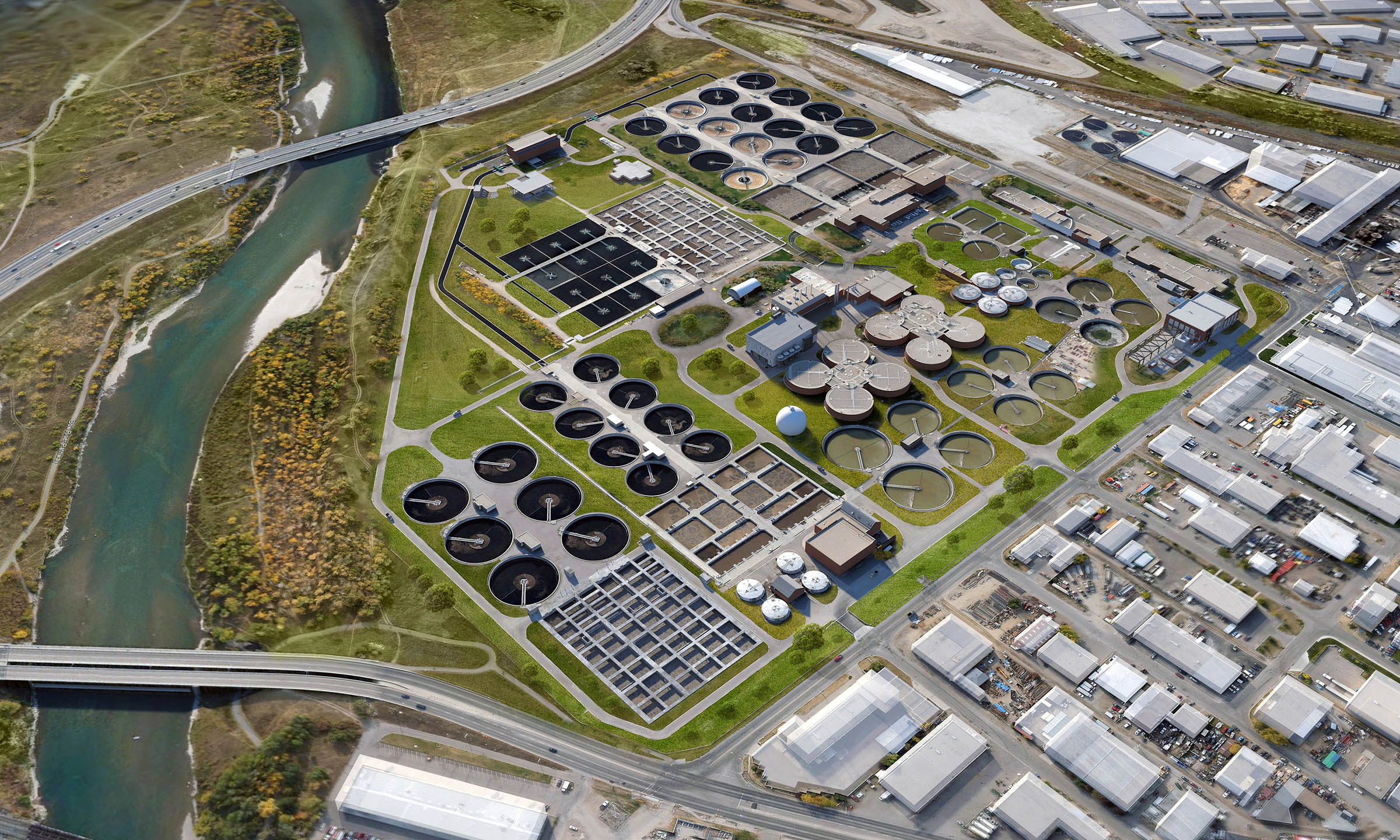Cutting-edge Techniques to Waste Water Treatment Technologies
Cutting-edge Techniques to Waste Water Treatment Technologies
Blog Article
Strategic Approaches to Boost Waste Water Treatment Efficiency and Lessen Environmental Impact
In the world of waste water treatment, the quest for boosted efficiency and reduced environmental influence is a continuous challenge that requires strategic services. The integration of advanced treatment technologies, energy-efficient procedures, source recuperation strategies, enhanced nutrient removal strategies, and clever tracking and control systems stands for a diverse structure for resolving these pushing issues.
Advanced Treatment Technologies
Sophisticated membrane purification systems have actually changed advanced wastewater treatment processes, substantially improving the removal of contaminants. This technology has confirmed to be very efficient in getting rid of a vast range of impurities, consisting of pharmaceuticals, heavy metals, and natural compounds, which are typically testing to eliminate with typical treatment approaches.
Additionally, membrane filtering systems provide various benefits over traditional therapy approaches. Additionally, these systems are very versatile and can be conveniently integrated right into existing treatment plants or utilized as standalone devices for decentralized applications.
Energy-Efficient Processes
The combination of energy-efficient processes in wastewater therapy systems is vital for maximizing resource application and lowering operational expenses. By executing energy-efficient technologies, therapy plants can significantly decrease their carbon footprint and general environmental effect. One essential approach to enhancing energy effectiveness in wastewater therapy is the utilization of sophisticated oygenation systems, such as great bubble diffusers or surface aerators, which can enhance oxygen transfer effectiveness and decrease energy consumption. In addition, integrating energy healing systems, like anaerobic digestion for biogas manufacturing or using excess warm for thermal procedures, can aid counter energy needs and advertise sustainability.
Additionally, maximizing procedure control and automation through making use of sophisticated sensors and monitoring systems can enhance total energy efficiency by changing procedures in real-time based upon real demand and problems. Applying power audits and routinely monitoring energy performance indications are important methods to determine locations for enhancement and track energy-saving efforts successfully. Generally, the adoption of energy-efficient processes in wastewater therapy not only benefits the environment yet additionally contributes to lasting expense savings and operational sustainability.
Resource Recovery Approaches
With a concentrate on optimizing resource application and sustainability in wastewater therapy systems, the application of source recovery techniques becomes a crucial element in improving functional effectiveness. Resource recovery strategies in wastewater treatment involve the recognition and extraction of beneficial sources from the waste stream, thereby transforming what was as soon as considered waste right into a useful property. By applying resource healing strategies such as nutrient elimination and recovery, power generation from natural issue, and the production of reusable water, wastewater therapy plants can reduce ecological effect while making best use of efficiency.

Enhanced Nutrient Elimination Strategies
Executing sophisticated nutrient removal strategies is necessary for maximizing the performance of wastewater treatment systems. Boosted nutrient elimination plays an essential function in decreasing the environmental effect of cured effluent discharged right into water bodies. Among the vital methods utilized for enhanced nutrient elimination is the process of organic nutrient removal (BNR), which includes the elimination of nitrogen and phosphorus through organic procedures. This can be accomplished through the usage of specialized microorganisms that can transform nitrogen compounds into inert nitrogen gas with denitrification, and accumulate phosphorus within their cells via a process called boosted biological phosphorus removal (EBPR)

In enhancement to BNR, progressed treatment techniques such as membrane bioreactors (MBRs) and constructed wetlands can also be used to enhance nutrient removal More about the author performance. MBRs use membrane layers to achieve high-quality effluent criteria by properly removing nutrients and put on hold solids. Constructed marshes mimic all-natural wetland procedures to eliminate nutrients via plant uptake, microbial activity, and sedimentation. By including these innovative nutrient removal techniques right into wastewater treatment systems, communities and sectors can properly decrease nutrient pollution and protect the environment.
Smart Tracking and Control Systems
Making use of innovative modern technology, the assimilation of wise monitoring and control systems reinvents the operational effectiveness of wastewater therapy facilities. These systems include innovative sensing units and data analytics to continually check vital parameters such as pH levels, turbidity, dissolved oxygen, and flow rates in real-time. By gathering and analyzing this information, drivers can obtain beneficial insights into the performance of the treatment procedures, allowing aggressive modifications to enhance therapy performance.
Smart tracking and control systems likewise sustain remote monitoring capacities, permitting operators to gain access to real-time data and control features from off-site places. This remote access improves functional flexibility and responsiveness, enabling speedy treatments in instance of system malfunctions or changes in influent quality. The anticipating upkeep capacities of these systems assist avoid equipment failings and lessen downtime, ultimately improving the total reliability of wastewater therapy operations.
Conclusion
Finally, tactical methods such as advanced treatment innovations, energy-efficient processes, source recuperation techniques, boosted nutrient elimination strategies, and clever tracking and control systems play an essential role in improving wastewater treatment effectiveness and decreasing ecological influence. By implementing these techniques, wastewater treatment plants can improve their overall efficiency, reduce energy usage, recuperate beneficial resources, and guarantee compliance with environmental internet laws. These methods are necessary for effective and lasting wastewater administration techniques.

In verdict, tactical approaches such as sophisticated therapy innovations, energy-efficient processes, resource recuperation approaches, boosted nutrient removal methods, and smart monitoring and control systems play an important function in enhancing wastewater therapy effectiveness and lessening ecological effect.
Report this page